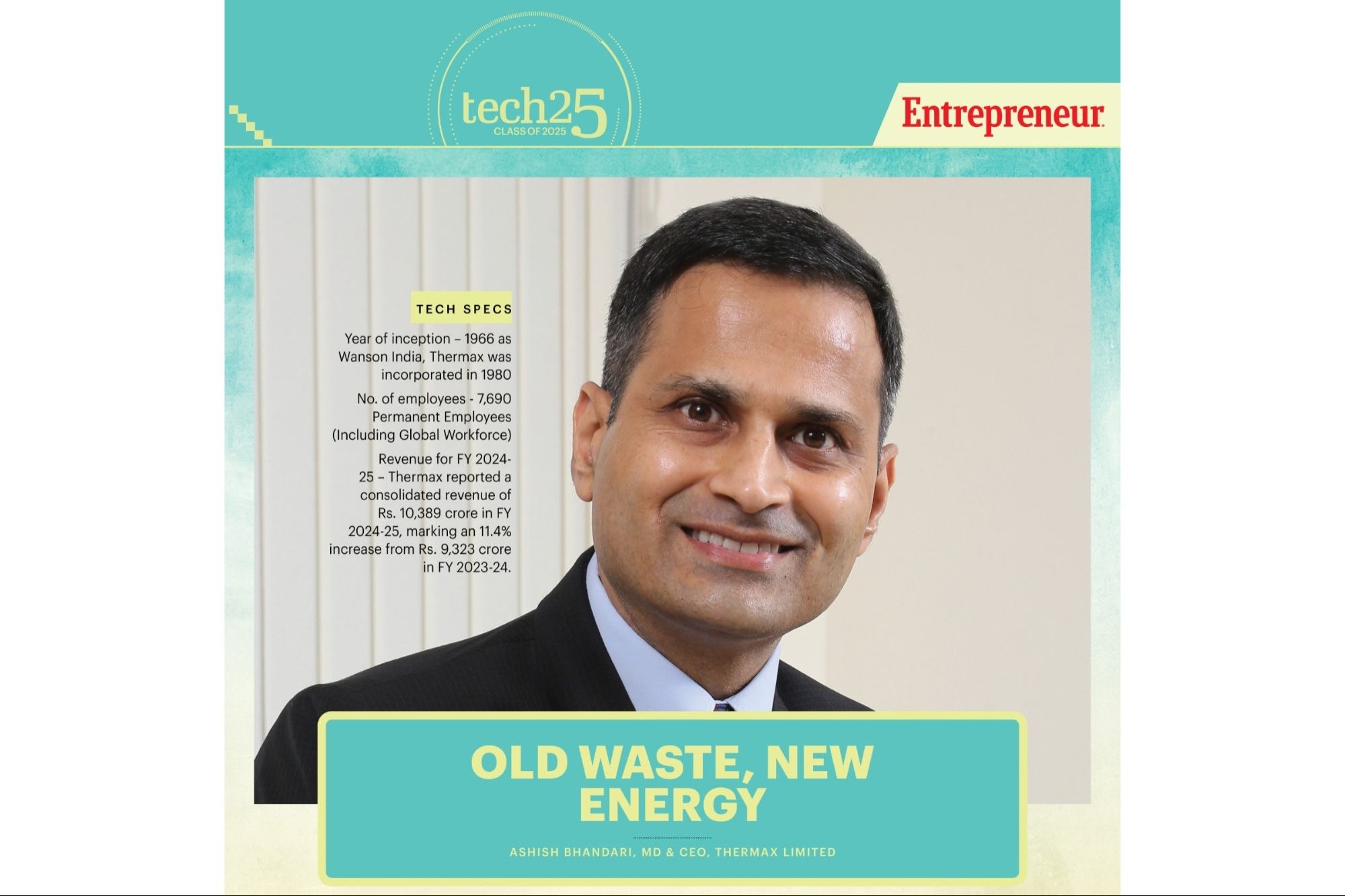A List of Effective Marketing Secrets for SaaS Start-ups Understanding keywords for user intent and being conscious about it needs to become integral to one's content marketing strategy
By Suresh Sambandam Edited by Dan Bova
Opinions expressed by Entrepreneur contributors are their own.
You're reading Entrepreneur India, an international franchise of Entrepreneur Media.

Many successful enterprise SaaS companies today have one thing in common - a working inbound digital marketing model. This is for the simple reason that customer acquisition costs are steep and failure to make the model work can make SaaS businesses unviable. A successful inbound function is truly the secret sauce to building organic traffic and growing your customer base! Read on to find out how you can go about doing this.
Google Understands at Least 4 Types of User Intents. Do You?
When Google recently moved their ads from the less distracting 20% column area on the right to the straight-in-the-face ads in search results, I was miffed for weeks. I felt Google was shooting itself in the foot and had set the stage for someone else to innovate on the search front. Soon I realized there was more to this than what meets the eye! "Google knows when to show ads and when to show content!". The idea comes from deciphering the user intent. This also improves the user experience for search users. There are Google ads haters who don't like to think this improves the user experience but let's ignore them for a moment.
Although there can be a whole bunch of user intents that the search engine understands, I have selected four types based on subsequent online research, triggered by this spark. The first step towards building a great inbound model is for your marketing team to understand these four user intents and how to balance SEO and SEM (Search Engine Marketing) efforts.
Navigational Intent
Many users today tend to remember and search for brand names rather than exact website URLs. Of course, this is a classical example of unintended use cases when a product/service becomes as successful as Google. Google also gets to monetize this by allowing competitors to run ads on those brand name searches.
Informational Intent
This is where a user tries to find information, learn something, and acquire knowledge. When someone searches for "Pitfalls in business process engineering," Google knows that the user's intent is NOT to buy a product but to acquire knowledge, completely eliminates showing ads and just shows relevant content pages. The way the search engine decides to pick the pages from the domains is another point discussed later in this article.
Transactional Intent
When a user searches for something like "iphone 7 price in India,' Google understands that the user is trying to make a purchase or commercial transaction. You might have observed that Google shows price cards from Amazon, Flipkart, and other popular e-commerce sites as results and directly takes users to those sites to make the purchase if they click on a card. From the user standpoint, they get the best user experience. Period.
Investigation Intent
This treads the line between information and transaction. Search queries like "Nexus vs Moto" or "Hyundai Verna vs Honda City" fall under this category. This is a hybrid intent where a user has an interest to purchase, but not until they research it first. If informational intent is the top of the funnel and transactional intent is the bottom of the funnel, this is right in the middle.
Understanding keywords for user intent and being conscious about it needs to become integral to one's content marketing strategy. We have even included a section in our content briefing document that clearly spells out what intent we are writing the content for.
Topic Authority is the New Page Rank
If you are in the B2B market, you will be familiar with SaaS product listing sites like GetApp, Capterra, and the like. They host content ranging from CRM products to Church Management Software. Despite this diversity, Google is able to accurately feature the right pages in top positions for "Top CRM Software" or "Top Church Management Software" categories from those listing sites. This wouldn't be possible if Google started associating the entire domain to a specific category or area of expertise.
The only way this can work is if Google starts indexing all the pages in a domain and classifies them into categories or areas of expertise (i.e. topics) and then compares them with other domains that specialize in the same topic, to conclude who fares better at a topic authority.
Finally, the TA of a specific topic within your domain determines whether your page will be displayed as a top result or not. How can you do this? Read our next article in this series….












